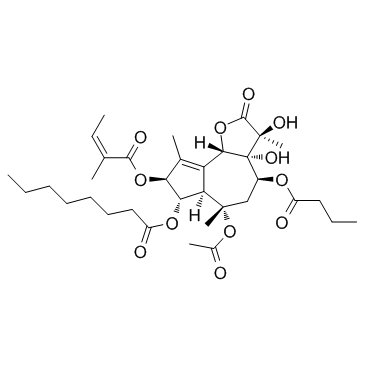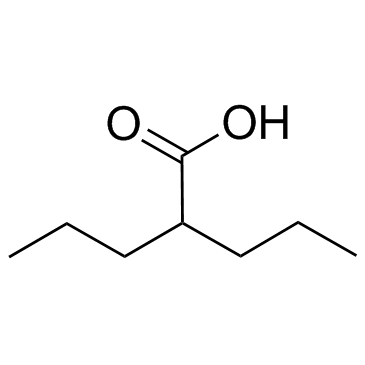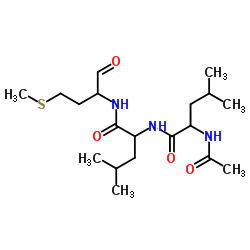| Structure | Name/CAS No. | Articles |
|---|---|---|
 |
Forskolin
CAS:66575-29-9 |
|
 |
Nitrendipine
CAS:39562-70-4 |
|
 |
Thapsigargin
CAS:67526-95-8 |
|
 |
Valproic acid
CAS:99-66-1 |
|
 |
ALLM
CAS:136632-32-1 |